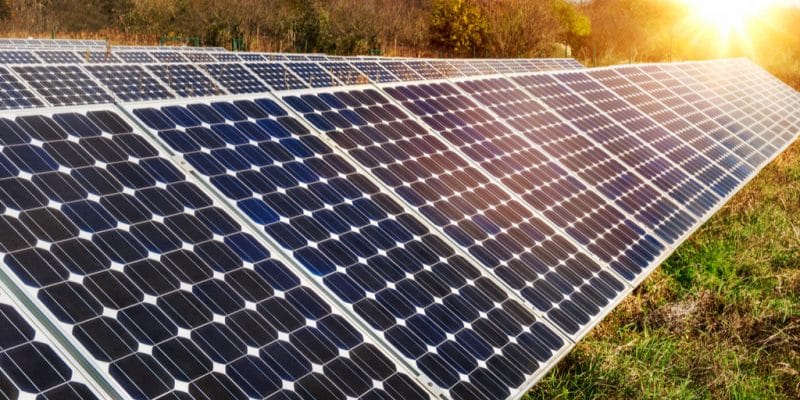Cameroon wants to build a 13,000 m2 solar park at Douala International Airport. The project is funded by the European Union and will be finalised in October 2018.
It is time for Douala International Airport to go green. In the coming months, the heliport of Cameroon’s economic capital will launch the construction of a solar park with a power of one megawatt. This system will cover a vast area of 24,000 m2, 13,000 m2 of which will be reserved for solar panels. For the Cameroon Ministry of Transport, this park will produce green energy that will be used to power the mobile generator that will be integrated into the telescopic gangways.
The general management of airports in Cameroon has made this announcement public, without giving details related to the timing and total cost of the project. However, the general management of airports has indicated that the park will be funded by the European Union and built by Sagemcom, a French company.
The project to build the solar park at Douala International Airport is part of the International Civil Aviation Organization’s (ICAO) carbon footprint reduction programme, a specialised agency of the United Nations. After Douala, which serves as the framework for the pilot phase, the programme will extend to Kingstin and Montego airports in Jamaica, from Port-of-Spain to Trinidad and Tobaga and then to Mombasa airport in Kenya.
Solar energy takes timid steps in Cameroon
The energy capacity installed in Cameroon is estimated at nearly 1270 MW, of which 732 are hydroelectric. Statistics show that in 2013, 46% of Cameroonian households did not have electricity. In recent years, the country has been slowly switching to solar energy to boost decentralised energy production. The Douala Solar Park will be the largest infrastructure of its kind in Cameroon.
An article published in 2015 by the Cameroonian online newspaper Investir recalls that “according to official statistics, Cameroon’s electricity production mix is dominated by hydroelectricity, which represents 73.3% of national production, against only 1% for biomass and less than 1% for solar and wind power. Thermal power stations produce 25% of the electrical energy consumed in the country.” This solar park is therefore a first step towards a more balanced energy mix for a greener Cameroon.
Luchelle Feukeng







